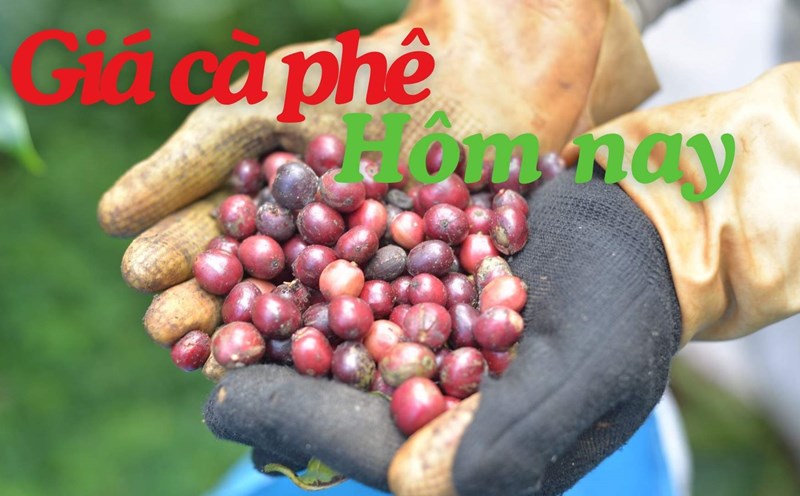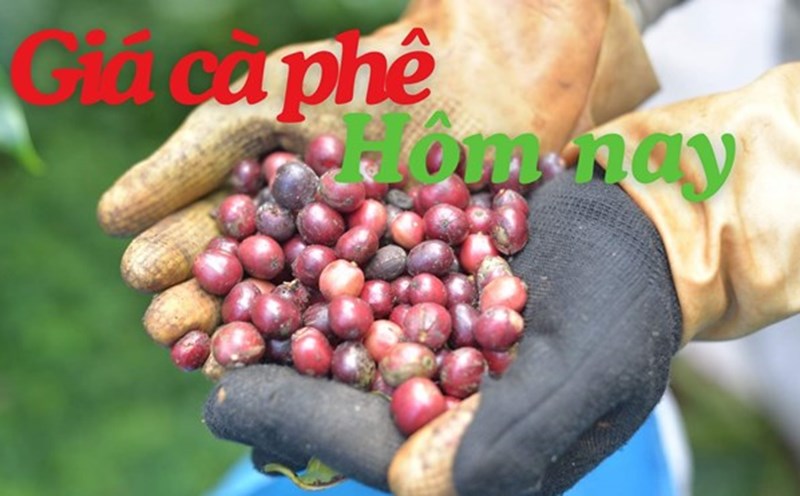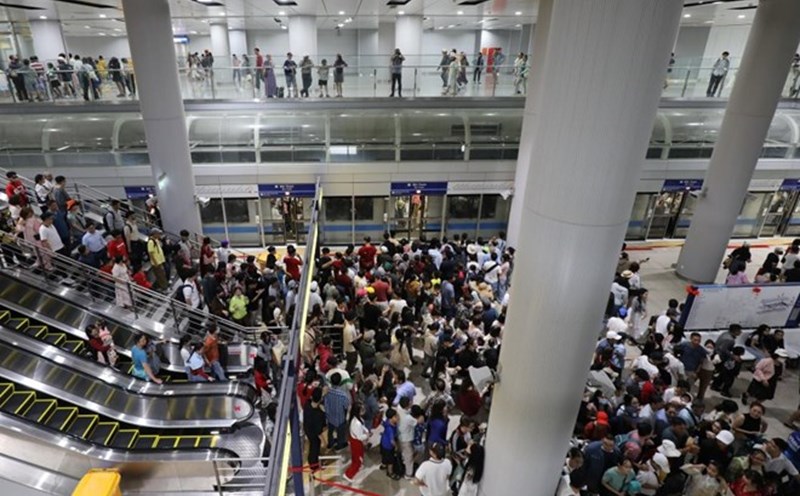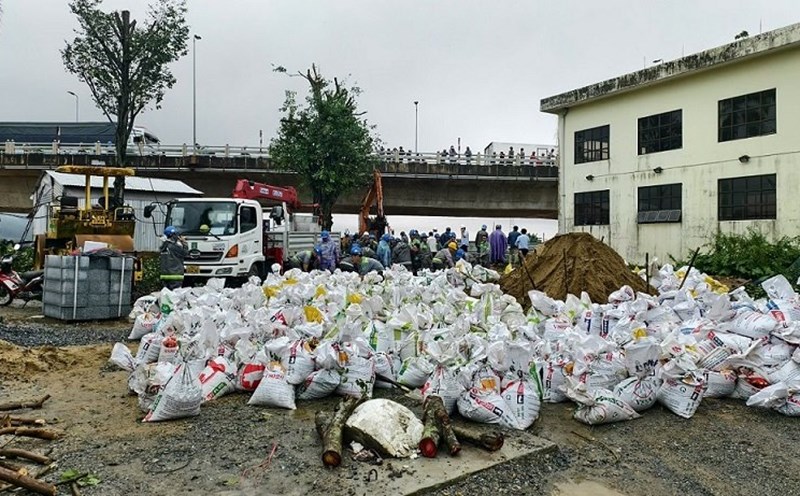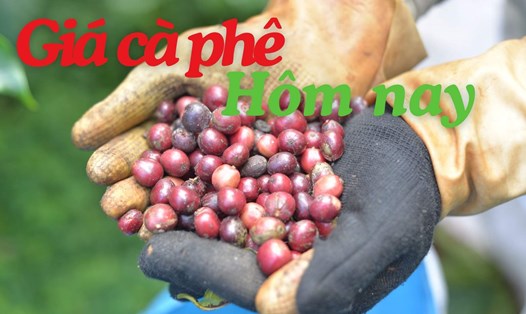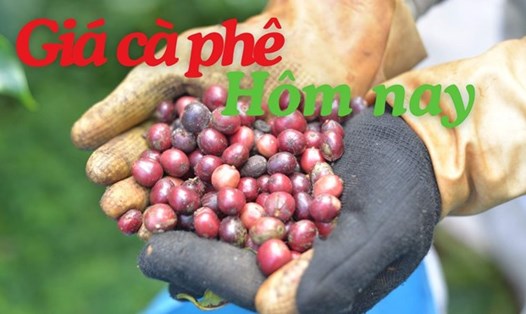Domestic coffee prices: Slight recovery after a sharp decline
On October 29, coffee prices in key Central Highlands regions increased slightly by VND 200/kg, bringing the average price in the whole region to VND 115,700/kg.
This increase helps to regain a small part of the value lost in the previous deep decline session. Specifically, in Dak Nong (old), the price increased by 300 VND/kg to 115,800 VND/kg. Dak Lak, Lam Dong and Gia Lai all increased by 100 VND/kg. Despite the recovery, the current price is still about 6,300 VND/kg lower than the August peak (122,000 VND/kg).
World coffee prices: Robusta stagnates, Arabica continues to decrease
The international coffee market shows differentiation. Robusta ( London) has remained almost unchanged, down only 1 USD/ton, at 4,436 USD/ton.
In contrast, Arabica (New York) continued to decline, losing 2.20 US cents/lb (-0.55%, closing at 387.90 US cents/lb. Robusta's stability shows that sell-off pressure has temporarily stopped.
Assessment and forecast
The stability of Robusta prices and the slight increase in domestic prices today shows that the market is trying to regain balance. However, downward pressure is still there, especially for Arabica.
The main reason for the decline in coffee prices (especially Arabica) in recent days is the forecast of rain in Brazil. Although last week was very dry (only reaching 1% of the average rainfall), the forecast of rain this week has eased concerns about drought, dragging prices down. In addition, the hope that the US will soon lift a 50% tax on Brazilian goods (including coffee) after the meeting between the two Presidents is also a big factor for investors to sell.
For Robusta, pressure also comes from Vicofa's forecast that Vietnam's coffee output in the 2025/26 crop year could be 10% higher if the weather is favorable.
However, coffee prices are still strongly supported by the fact that inventory on international exchanges is decreasing to a very low level ( Arabica near the bottom of 1.5 years, Robusta bottom of 3 months) due to the impact of US-Brazil tariffs. Concerns about La Nina causing prolonged drought in Brazil's 2026/27 crop are also a factor that keeps prices from falling too much.
The market is forecast to continue to fluctuate within a narrow range. Today's slight increase is not enough to confirm the recovery trend. The market is still waiting for clearer news about the US-Brazil trade talks and actual rainfall developments in Brazil.

